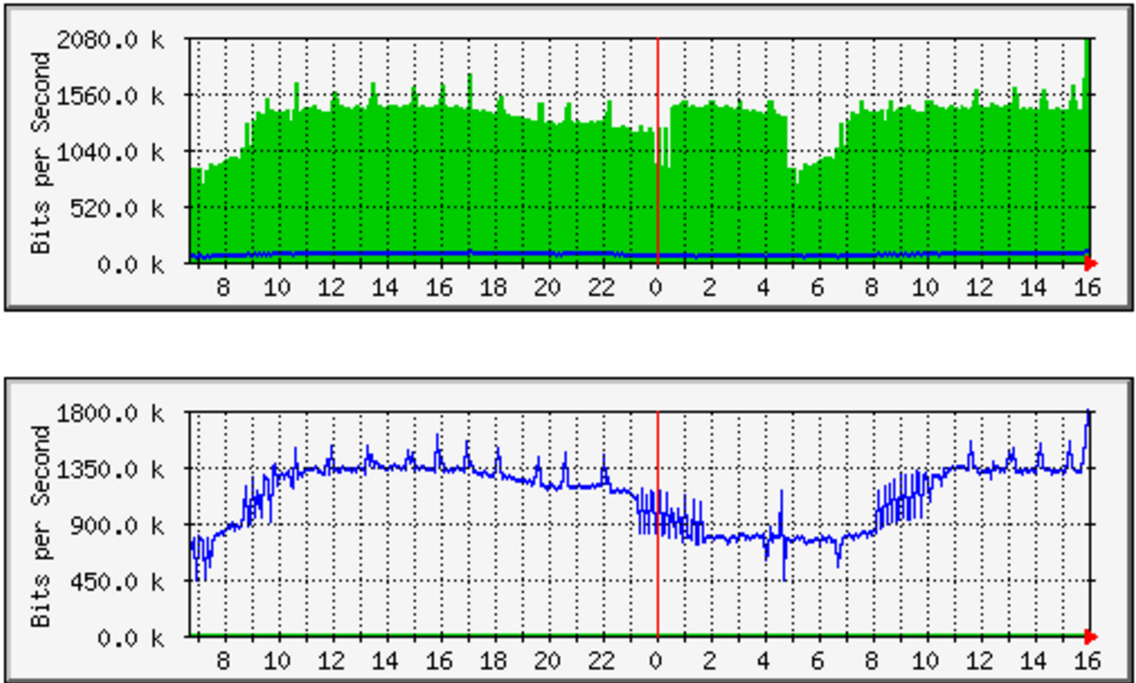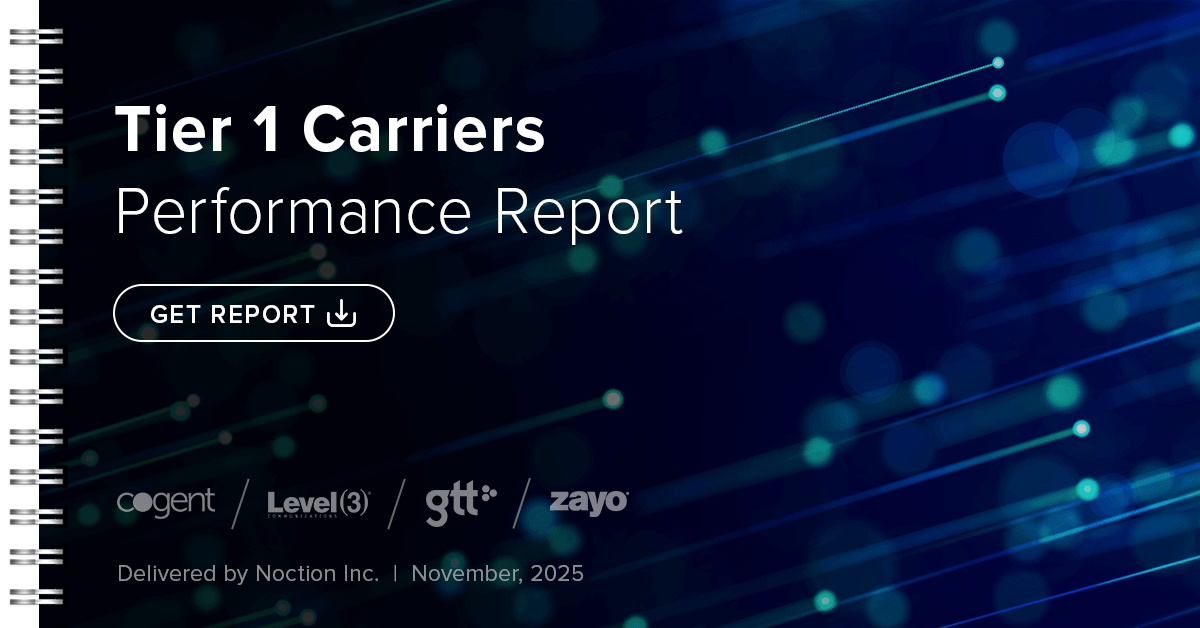1.2.17.1 Inbound Commit Control #
- advises your edge routers to advertise different prefixes of your network with different counts of BGP prepends to each of your upstream providers;
- monitors inbound and outbound traffic on your network interfaces using standard protocols (SNMP, NetFlow, sFlow) to determine if there is need for action;
- continuously assesses network health and performance to ensure that when overloads are possible it knows good and reliable alternative routes to use;
- uses a proprietary inferring mechanism that takes into account the inertial nature of the Internet to react to inbound preference changes and thus dampens the urge to “act now” and destabilize the network;
- provides you with configuration, monitoring and visualization tools that allow you to cross-check and validate its actions.
- Segmenting your network into prefixes that are controlled by IRP
- Coordinating communication over BGP between IRP and routers
- Setting network conditions for making Inbound Improvements
- Reviewing Inbound optimization results
Lets start with the case of unbalanced inbound and outbound peering. You have a peering agreement with one of your neighbors to exchange traffic. Unfortunately the rest of the neighboring network configuration significantly unbalances the volumes of inbound and outbound traffic.
Fluctuating traffic shape. A multihomed configuration overwhelms some links while other links remain barely used. Your network administrators frequently get alerts during peak network use and they manually add or remove prepends or altogether remove some inbound prefixes from being announced to affected neighboring links. These changes are sometime forgotten or other times just push the bulk of traffic towards other links and the problem re-appears.








